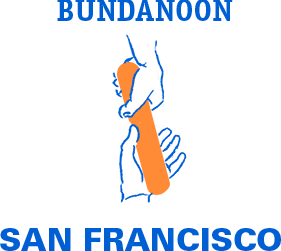CHAPTER 3.1
What is Hong Kong people’s favourite drink?
According to the sales data in 2017, the most popular drink in Hong Kong is not tea, not juice, not soft drinks nor energy drinks.. but water!
Between 2013 and 2017, except soft drinks, all beverages had an increment in their sales. And the water had the biggest boots at its sales. (Source:Euromonitor/ Deloitte analysis)
It is good that Hong Kong people love to drink water. Unfortunately, they drink bottled water.






